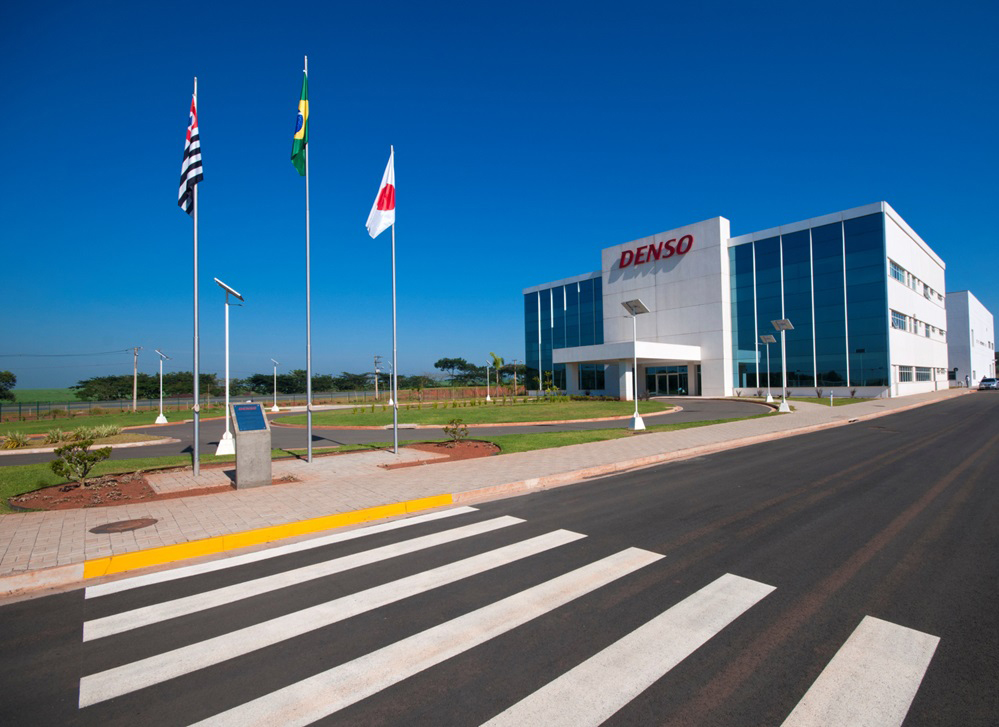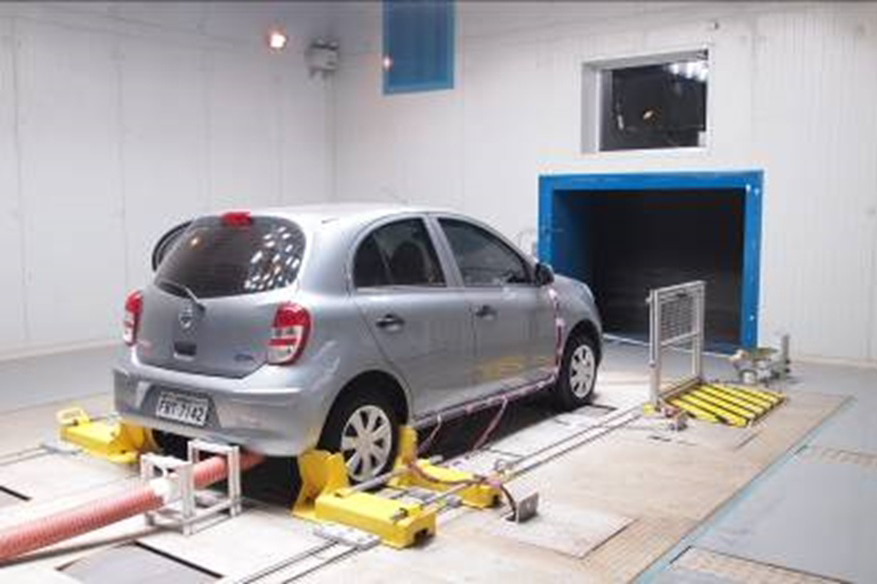6. Expansion into São Paulo
[2] Establishing the Technical Center and transforming into a regional core location


In the early 2010s, the South American automobile market exceeded 4 million vehicles, including those sold in Argentina. Amid expectations for steady growth, the US and European Big 4 [Volkswagen, Fiat, GM, and Ford], which together held 80% of the market share, locally designed models specifically for South America, such as compact flexible-fuel vehicles. This approach was taken in order to develop products locally that met the preferences of end users and customers, as well as that suited the use environment.
Consequently, in April 2012 DNBR also began operating a Technical Center on the grounds of its Santa Bárbara Plant to strengthen local development. This move was intended to set up a center close to customers so that it could provide them with technical support locally, as well as to increase DENSO’s presence in the region and attract talented human resources. For this reason, DNBR also placed emphasis on the appearance of the Technical Center from the neighboring highway.

This center was equipped with the first wind tunnel experiment facility in South America, and was opened for use by South American automobile manufacturers and other part suppliers. A wind tunnel is a facility used to measure aerodynamic performance and environmental performance in a way that reproduces different climates from around the world, the results of which are used to develop automobiles. Until this point, South American automobile manufacturers would travel nearly 3,000 kilometers away from São Paulo to Teresina in the equatorial state of Piauí to conduct experiments on the assumption that vehicles would be used in the summer. Equipped with an environment that allowed for measurements of aerodynamic performance and environmental performance in a way that reproduces the climate of various regions, the Technical Center enabled product evaluations and thus eliminated the need to travel afar. In this way, the Center allowed for development cost reductions and shorter delivery times, thereby advancing product localization.
The Technical Center was also combined with headquarter functions for supervising all of South America. The purpose of this was to establish a self-contained system from development to sales, and to strengthen the development, production, and sales capabilities of the five South American companies while improving efficiency.